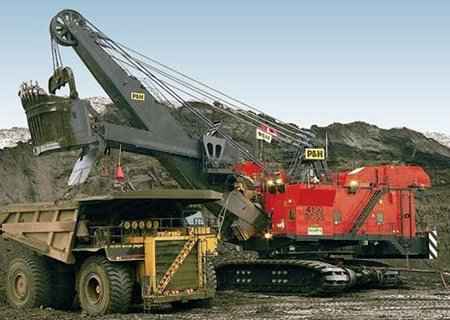Auspring specialises in the manufacture of steel springs for a wide range of industries.
The company has more than 50 years of experience and aims to deliver the highest levels of quality, innovation, improvement and customer service while ensuring short turnaround and delivery times.
Helical compression springs
Auspring’s helical compression springs are designed to withstand applied compressive forces or store energy in the push mode.
Compression springs are the most common spring configuration and used in various sectors such as mining, automobile, aerospace and consumer goods.
The most commonly used form of compression spring is the straight cylindrical spring made from round wire. Shaped wire such as square or rectangular, as well as conical, barrel, hourglass or straight cylindrical, with or without variable spacing between coils are also available.
Different configurations are used to minimise solid height, buckling and surging, or develop non-linear load-deflection characteristics.
Rectangular wire is used to decrease the solid height or enhance design space efficiency, which is why it is frequently used in applications where space and solid height is limited and the manufacture of die springs.
Customisable extension springs
Extension or tensile springs are found in a wide range of applications.
Auspring’s extension springs are typically installed with an initial tension that stretches the spring until the coils are close to separating. After the initial tension has been applied, the extension spring deflects only if it receives a higher load compared with the initial tension.
Unlike compression springs, extension springs do not have a solid stop to withstand overloading. Therefore, design stresses are generally lower for extension than compression springs.
The company offers various configurations of hook end attachments to suit the requirements of the application.
Customisable helical torsion springs
Helical torsion springs are used to apply a torque or store rotational energy. The two most commonly known variants are single and double-bodied springs.
Torsion springs are found in clothespins, window shades, counterbalance mechanisms, heavy lids, doors, ramps, ratchets, hinges and various other machine components. They are also used as flexible drive shafts and couplings between concentric shafts such as in a motor pump assembly.
Spring manufacturing capabilities
All Auspring products undergo a series of processes before being delivered to the customer:
- Coiling process: the area where the automatic computer numerical control (CNC) coiling machinery is operated for production of your order. Automatic coilers can handle wire from 0.25mm to 20mm and complete precision work
- Secondary processing: where batches will have further processing procedures done by an operator. This is where the ends of torsion springs are formed, where loops are put onto the ends of extension springs, and where wire forms are often tested. Additional secondary processing is also occasionally required
- Heat treatment: applied to all springs according to the product requirements
- Quality control: this ensures Auspring delivers a reliable product according to your specifications
- Finishing: there are many finishings that you can put on your springs. Available finishes include painting, colour identification striping, electro-plating or electro-polishing powder coating and passivation




